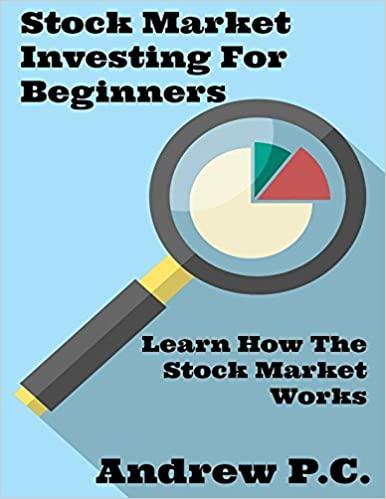can u explain and summarized this theorem??

Modigliani and Miller (1958) Theorem is based on the irrelevance and arbitrage reasoning, which assume that under certain conditions, a firm's market value is irrelevant to its capital structure whether it is finaced through debt, equity, or a combination of both in other words, the average cost of capital to the firm is not determined by its capital structure. Modigliani-Miller argue that switching to a lower cost of debt is offset by a higher cost of equity as a consequence of the increased risk. The M&M theorem is structured around the following key assumptions: (1) taxes neutrality; (ii) capital markets are free of frictions and costs related to transactional and bankruptcy: (ili) easy access to credit markets; (iv) changes in capital structure are irrelevant to the firm's market value. Proponents of the M&M theorem would point out that the reduced leverage as a result of increased equity capital would benefit banks in terms of the lower cost of equity. It is not clear whether the M&M theorem applies to the banking same way as it does to nonfinancial sectors, even Miller (1991) was not able to give a definitive "yes" or "no" answer, instead he replied as "Yes and No" (this was also the abstract of his article). On the contrary to nonfinancial sectors, the banking sector has very high leverage and relies considerably less on debt financing (e.g. Berlin, 2011). High leverage normally indicates distress, and this is exactly why financial firms were excluded from Fama and French (1992) analysis of equity returns. DeAngelo and Stulz (2013) plainly label banks as "different" and conclude that the M&M theorem is inapplicable to banking sectors (i.e. higher leverage without the cost). A key argument of the much celebrated M&M theorem states that a firm's market value is determined by profitability, not by its capital structure (the cost of capital). Modigliani-Miller (1958) attempt to prove this through three propositions in "static, partial equilibrium", the upshot is the cost of capital definition in the operational sense, and they believe that the concept can be a guide for the management in the investment decision-making process. Several key assumptions are made and the theory describes the general environment as one of uncertainty, but with "...a state of atomistic competition in the capital markets". Another assumption is that money is neutral and capital is easily accessible through various funding sources. Although both bond holders and equity holders own the firm (proportional to their investments, the risks are varied and not equally shared; for example, bond holders have a fixed claim yielding known") whereas equity holders have a "pro-rata share in the uncertain venture". Modigliani-Miller (1958) formulate their propositions analytically: X (1),X (2).... X(T) assets of the ith firm generate a stream Xi = (Xi (1),X (2)...X:(T)) random variables are subject to the joint probability distribution X;= lim X(t) the return of the ith firm with a random variable X and a probability distribution (X). The celebrated (much criticized) Modigliani-Miller (1958) propositions were certainly viewed as unorthodox with many controversies when they were first introduced (eg. Durand, 1959). In response to this, Miller (1988) says that the M&M theorem was "departing substantially from the then-conventional views about capital structure". On the contrary to a nearly perfect world (e.&tax, bankruptcy, and transaction) created by the theorem's assumptions of "irrelevance", the opponents argue that the world is imperfect with costs and frictions; and just because of that, the gearing matters; moreover, in the real world, investors with varying risk tolerance have asymmetry of information and do not have an equal access to capital markets. Also, there is a stark contrast between theoretical framework and empirical results, the latter are poor. After three decades of skepticism and bitter controversy regarding the MM theorem, Miller (1988) feels that "some of these controversies can now be regarded as settled", but he, nonetheless, infers that "Our hopes of settling the empirical issues by that route, however, have largely been disappointed". Despite theoretical and empirical objections and unresolved controversies, the modern corporate finance starts with the capital structure irrelevance. Some important impediments of the M&M theorem have been addressed by numerous extensions as well as those by the authors: Miller and Modigliani (1961) address dividend irrelevance and Modigliani and Miller (1963) re- calculate the cost of capital, but this time the cost of corporate income taxes are considered. Sharpe (1964) Capital Asset Pricing Model. Prior to the "mean-variance equilibrium model of exchange (Merton, 1973a) or commonly referred to as the Capital Asset Pricing Model (CAPM), conditions of risk and the relationship between risk and expected return were not well-understood. Nonetheless, capital markets operated in the absence of empirically proven microeconomic theories. Extending on Markowitz (1952, 1959), the papers by Sharpe (1964) and Lintner (1965) marked the birth of the CAPM; additionally, around the same time exceptional contributions were provided by









